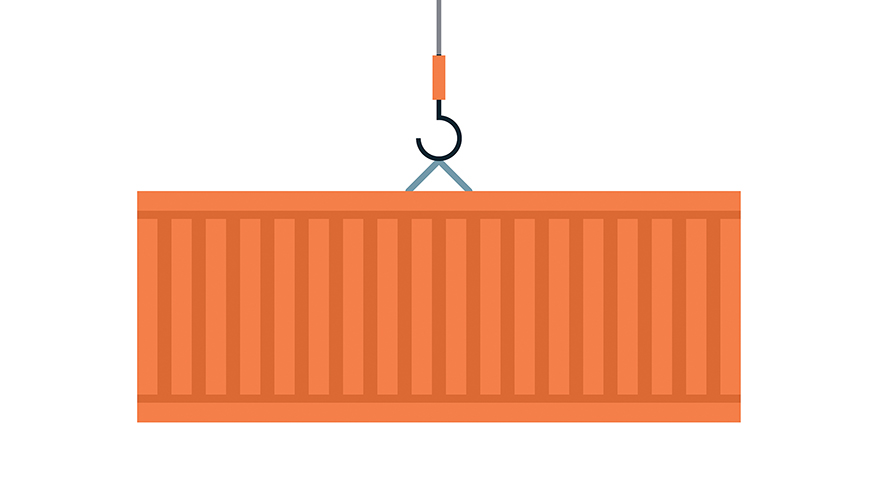Navy Needs More Robotic Vessels to Take on China
3/23/2023

Navy photo
In contrast to the land-based, high-intensity artillery battles and trench warfare currently raging in eastern Ukraine, the potential fight with the People’s Republic of China will be primarily waged on, above and below the sea. Therefore, the ability of the U.S. Navy to project and sustain power over the vast distances of the Indo-Pacific will be crucial in any possible confrontation.Yet, some of the United States’ most anticipated advanced weapons systems are years away from being fully rolled out. The first B-21 Raiders will only enter service in the mid-2020s, the first Conventional Prompt Strike hypersonic missile will not be installed on Navy destroyers until late 2025 and the first Columbia-class nuclear submarine will not be delivered until 2027.
China might not wait until the 2030s when these weapon systems are fully online to take aggressive military action.
To deter and, if needed, defeat near-peer competitors in a conflict in the Indo-Pacific, the Navy needs to accelerate its incorporation of innovative, force-multiplying weapons systems in addition to the more exquisite systems in production.
Unmanned weapons systems fit that bill. Uncrewed vessels can extend the resilience and scouting range of other naval assets and be more easily integrated with allies.
Unmanned vessels’ radar and sensors integrated with traditional cruisers, destroyers, submarines and aircraft carriers can create a networked fleet that’s more resilient, because it’s dispersed over greater distances and more difficult for enemies to target and destroy. An unmanned vehicle could also be paired with a manned asset such as a patrol boat to extend its radar barrier.
During the Rim of the Pacific, or RIMPAC, exercise last year, unmanned surface drones Sea Hunter and Sea Hawk were paired with the destroyers USS Fitzgerald and USS William P. Lawrence, displaying the commitment of the Navy to employing new unmanned platforms.
Another advantage of unmanned systems is that they provide a way for our allies and partners’ militaries to remain more interoperable with U.S. forces. Unmanned systems can incorporate new technologies more quickly than manned platforms and can be more cost-effective. Thirty unmanned platforms operated during RIMPAC 2022 and exhibited the practicality of unmanned systems to allies and partners with less money, smaller fleets and growing fears of rising geopolitical tension.
Furthermore, unmanned systems are more readily available and can be produced on shorter timelines compared to traditional large, crewed vessels that require long lead times and years of planning.
Louisiana-based Metal Shark announced in January 2021 it would develop for the Marine Corps “a network of unmanned vessels traveling autonomously for extended ranges and transporting loitering munitions to address targets at sea and on land.” A year later, the Marines accepted the first of five Long-Range Unmanned Surface Vessel prototypes.
Innovative and easily obtained technology with defense applications like unmanned weapons systems are integral to maintaining the United States’ short-term strategic advantage in the Indo-Pacific. The defense industry can work together with the Navy to best maximize the advantages that these weapon systems bring.
This cooperation with the Navy will leverage both of the United States’ two significant competitive advantages that differentiate it from China: its innovative industrial base and extensive alliance network.
The Navy is currently exploring and investing in the use of unmanned systems to enhance its capabilities in its maritime operations. Uncrewed vessels with the ability to jam electronics, collect intelligence and even help coordinate the flow of fighting will play an increasingly important role in the service’s mission, according to Chief of Naval Operations Adm. Michael Gilday.
Task Force 59’s Digital Horizon — a three-week event focused on integrating new unmanned and artificial intelligence platforms — showcased what the Navy and industry can do together, and efforts like Task Force 59 are excellent models for further collaboration. The task force aims to have 100 unmanned vehicles by this summer, and in his recently updated “Navigation Plan” strategic document, Gilday expressed a desire to have 150 unmanned ships in the Navy’s fleet.
The Navy also needs to continue to take full advantage of the United States’ robust alliances. Japan will double its defense budget over the next decade and its recently released National Defense Strategy explicitly mentions China as “the greatest strategic challenge.” Japan could participate in the NATO Industrial Advisory Group. The forum promotes a free exchange of views on industrial, technical, economic, management and other relevant aspects of research, development and production of armament equipment between industry representatives and NATO and some partner nations.
Japan, along with India, the Republic of Korea, the Philippines and Australia have expressed a willingness to work with the United States in some capacity in countering an increasingly aggressive China. Industry can build on the relationships the U.S. government has cultivated in the last century to produce partnerships that can augment the Navy’s current posture in the Indo-Pacific.
By promoting the experimental ethos of Task Force 59 and drawing on the full strength of U.S. allies, the Navy can maintain its strategic lead in the Indo-Pacific and ensure that it remains the dominant naval power in the region. Industry has both an opportunity and a responsibility to collaborate with the Navy to develop innovative weapons systems that can be used in tandem with our allies before it is too late.
Thomas Low is a strategy and policy associate at NDIA.
Topics: Navy News, Robotics and Autonomous Systems


Comments (0)